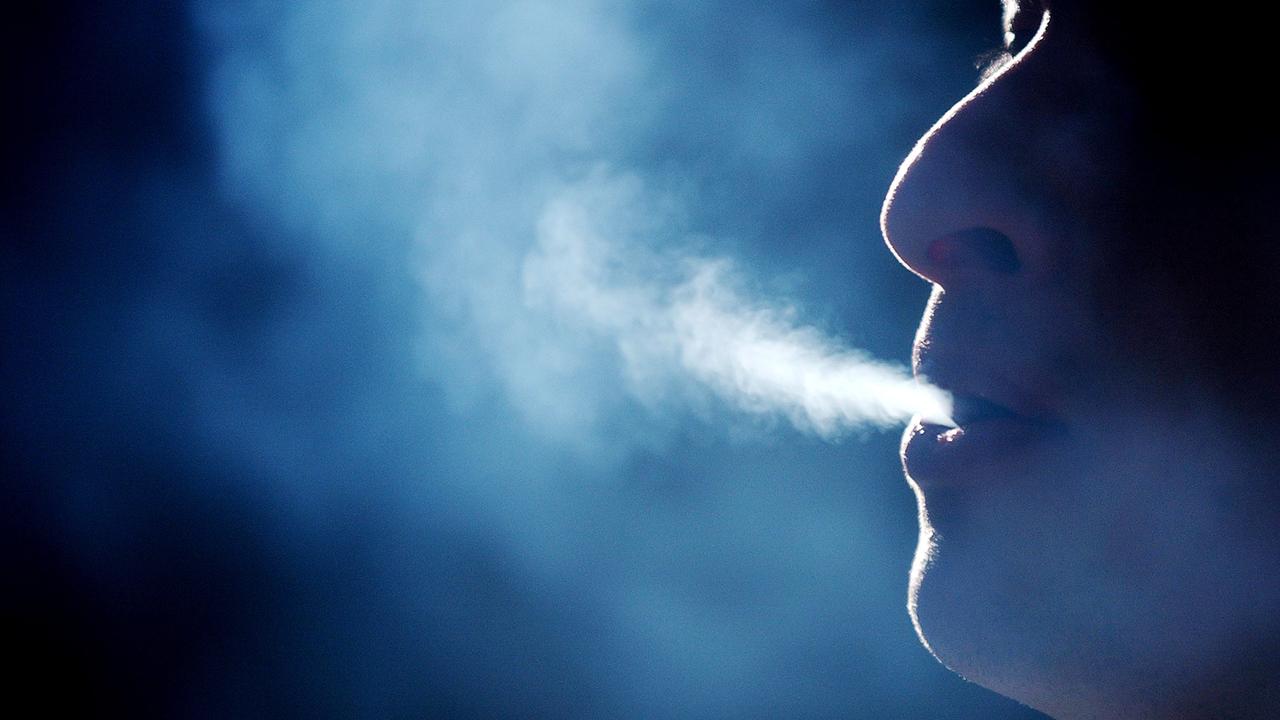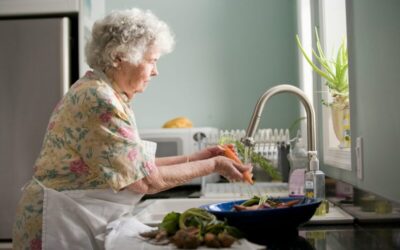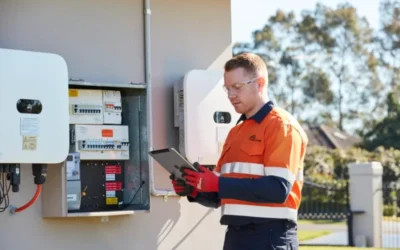Australia’s addiction to black-market tobacco has dragged down consumer spending figures, as the nation’s economic recovery stumbles along.
After two soft months of growth, household spending rose just 0.2 per cent in September, the Australian Bureau of Statistics reported on Monday.
But the data was muddied by a surge in illicit cigarette and vape sales, which are not included in the official statistics.
Excluding the sharp drop in supermarket cigarettes and tobacco sales, the indicator would have risen by 0.4 per cent over the quarter, double the reported figure.
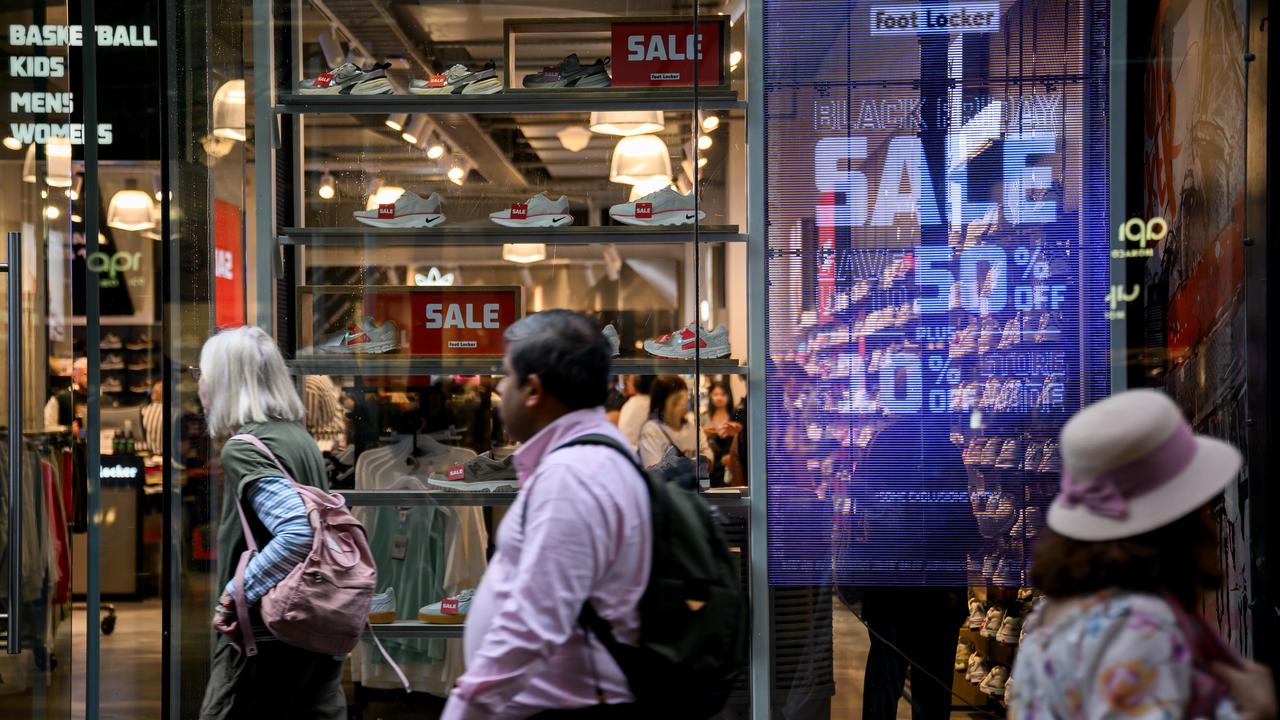
The outcome undershot analyst expectations, with ANZ economists predicted spending growth to accelerate to 0.4 per cent while Commonwealth Bank’s economics team pencilled in a rise of 0.5 per cent.
The relatively subdued result for the month could also reflect consumers are holding out for November sales, which have become more significant in recent years, EY chief economist Cherelle Murphy said.
Household consumption had been steadily rising since the start of the year, as the Reserve Bank of Australia’s rate cuts boosted consumer sentiment.
But consumer confidence has since plateaued, as global uncertainty has risen and expectations for more rate cuts have fallen.
The moderate rise in spending followed a flat result in August and a 0.4 per cent rise in July, said ABS head of business statistics Tom Lay.
“Spending on non-discretionary items drove the overall rise, as households spent more on food, health, and petrol,” he said.
“Discretionary spending was flat for September, with higher spending on recreation and culture being offset by falls for air travel and accommodation.”
Health spending has been particularly strong, rising by 8.1 per cent over the past 12 months, as demand and costs for health services have increased, Ms Murphy said.
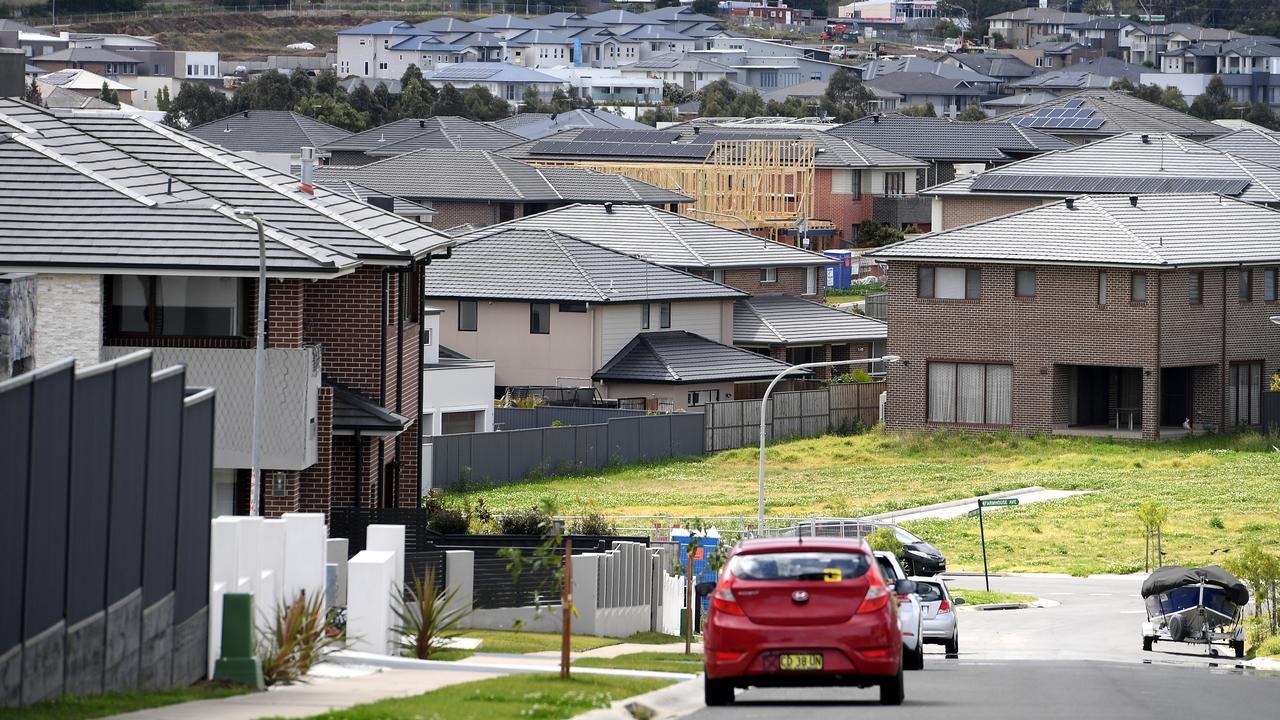
On an annual basis, household spending has risen 5.1 per cent – near a 22-month high – driven by higher real incomes, lower interest rates, and the wealth effect from rising property values, she said.
With consumption continuing to rise gradually and underlying inflation jumping to three per cent in the September quarter, the RBA is not expected to cut interest rates at its November meeting, which started on Monday and wraps up Tuesday afternoon.
As a result, the central bank has clearly turned more cautious over the past few weeks, said Domain chief economist Nicola Powell.
“Put simply, the RBA can’t move too quickly to cut rates, which will disappoint many hopeful buyers and mortgage holders,” Dr Powell said.
Australian Associated Press is the beating heart of Australian news. AAP is Australia’s only independent national newswire and has been delivering accurate, reliable and fast news content to the media industry, government and corporate sector for 85 years. We keep Australia informed.
